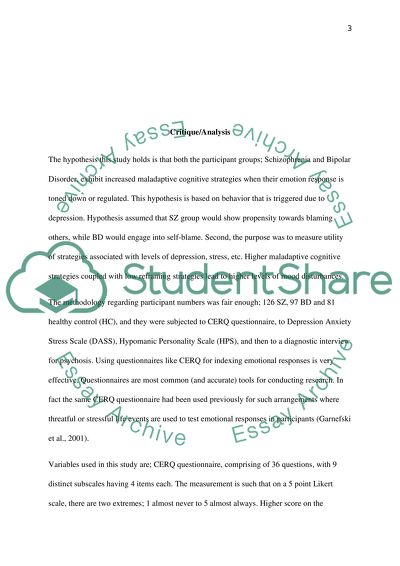Cite this document
(“Cognitive regulatoin of bipolar disorder Assignmet 2 Essay”, n.d.)
Cognitive regulatoin of bipolar disorder Assignmet 2 Essay. Retrieved from https://studentshare.org/psychology/1480427-cognitive-regulatoin-of-bipolar-disorder-assignmet
Cognitive regulatoin of bipolar disorder Assignmet 2 Essay. Retrieved from https://studentshare.org/psychology/1480427-cognitive-regulatoin-of-bipolar-disorder-assignmet
(Cognitive Regulatoin of Bipolar Disorder Assignmet 2 Essay)
Cognitive Regulatoin of Bipolar Disorder Assignmet 2 Essay. https://studentshare.org/psychology/1480427-cognitive-regulatoin-of-bipolar-disorder-assignmet.
Cognitive Regulatoin of Bipolar Disorder Assignmet 2 Essay. https://studentshare.org/psychology/1480427-cognitive-regulatoin-of-bipolar-disorder-assignmet.
“Cognitive Regulatoin of Bipolar Disorder Assignmet 2 Essay”, n.d. https://studentshare.org/psychology/1480427-cognitive-regulatoin-of-bipolar-disorder-assignmet.


